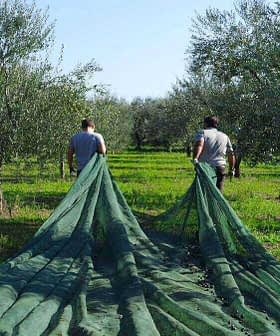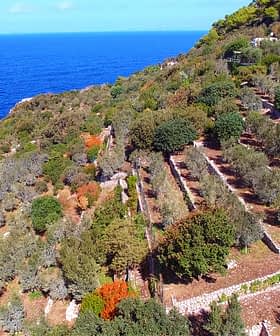Nearly 80 percent of consumers in Italy habitually buy extra virgin olive oil for domestic use, according to the latest survey conducted by Ismea, the institute of services for the agricultural and food market.
The results of the survey, which were published by the Italian news organization, Ansa, confirm the enduring appeal of extra virgin olive oil among Italian consumers.
The relevant collapse in quantity ends in a very high quality olive oil and this should help bring up the prices, a price recovery after the poor performance last year.
The survey, which was carried out online using a sample of 2,500 Italian families considered representative of Italian society, also revealed that nearly 9.6 percent of respondents buy non-virgin olive oil for household use, while 0.2 percent turn to olive pomace oil.
While 84 percent of all olive oil is bought in the supermarkets, a growing number of consumers – 16 percent – buy their olive oil from local producers.
See Also:Demand for Extra Virgin Drives Olive Oil Sales in SpainThis changing trend should not come as a surprise, however, given that another recent Ismea survey demonstrated that the share of families buying agricultural products directly from farmers has grown by five percent in 2020.
After a decade of steady decline, overall olive oil consumption in Italy also appears to be rebounding.
According to data from the International Olive Council, consumption reached 500,000 tons in the 2019/20 crop year, after dipping to its lowest point since IOC records began (1990/91) in the previous crop year – 399,000 tons.
Despite recording two of the lowest levels of consumption in the past four years, the country’s production capacity still cannot match consumption rates and Italian producers have to turn to other European and international markets to meet the demand.
For the incoming 2020/21 crop year, the latest estimates published by the Italian Confederation of Agriculture (CIA) hint at a 36 percent fall in local olive oil production from last year to 235,000 tons. Another farmers association, Coldiretti, recently estimated a less severe 22 percent decline in production.
The dip in domestic production combined with relatively low harvests for Spain and Tunisia, however, may have a positive impact on Italian olive oil prices.
While many supermarkets are still selling mass-produced extra virgin olive oil at a very low price — as low as €2.50 per liter ($2.93) — producers marketing their oils through promotional campaigns, direct sales and other sales media could see a change.
“The relevant collapse in quantity ends in a very high quality olive oil and this should help bring up the prices, a price recovery after the poor performance last year,” Saverio Muraglia, the head of Coldiretti Puglia, told a local newspaper Corriere Salentino.
Muraglia’s comments have been echoed by Tuscan olive growers. Olive oil production in the central Italian region is expected to be better than last year as a result of a less severe climate during the spring and summer and absence of the olive fruit fly.
“This year will see absolute quality olive oils, both for quality and for quantity,” Gionni Pruneti, head of the Chianti Classico PDO consortium, told La Nazione.
While the harvesting season starts, Pruneti added, the true challenge for local growers is to find enough workers to do the job.









